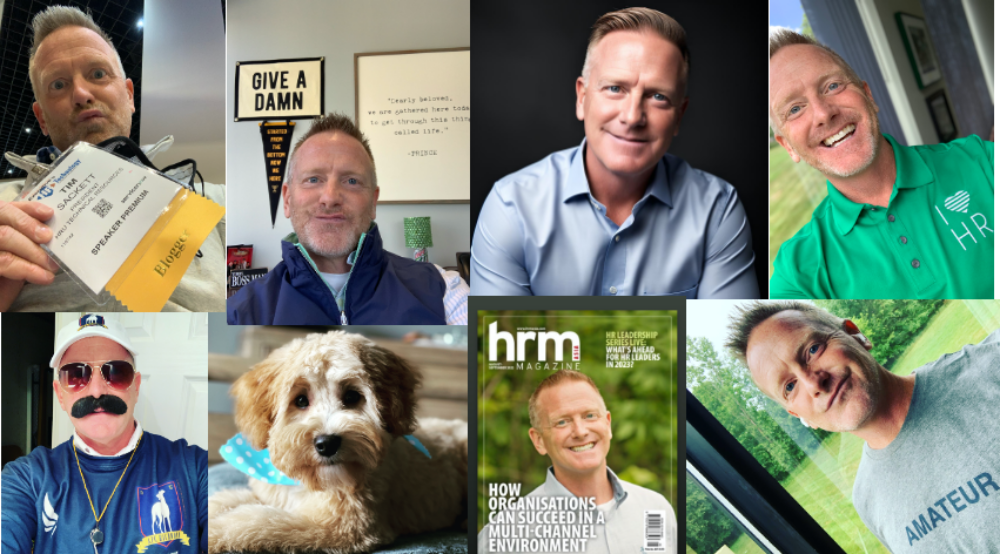Have you had an employee who had to stop working because they became too fat? Just wait, you will, it’s just a matter of time.
I remember when my biggest nightmare as an HR pro was going to tell an employee they need to bath and wear deordorant. I can’t even imagine having to go tell an employee, “Hey Bro, you have to go home, you’re too fat.”
The U.S. Army recently came out and shared some statistics about how the U.S. obesity epidemic is hurting their recruitment efforts:
“Just under three in 10 young people [ages] 17 to 24 can join the Army today – and the other armed services for that matter – and the single biggest disqualifier is obesity,” Major General Allen Batschelet of the U.S. Army Recruiting Command told CNN. “Ten percent of them are obese and unfit to the point that they can’t join the service. It’s really very worrisome.”
“The obesity issue is one of the most troubling because the trend is going in the wrong direction,” says Batschelet. “Ten percent are disqualified today, and we think by 2020, it could be as high as 50 percent, which would mean only two in ten would qualify to join the Army.”
Our national security is at risk because our citizens can’t put down a Big Mac. Our enemies don’t need to attack us with bombs and troops; they just need to keep sending us cheap junk food to consume! Then one day they just come ashore and roll us over to the POW camps. I sure hope they serve good food at the camps…
Big fat Americans just aren’t a national security issue; this is a major issue facing all employers. The reality is, no one wants to hire unhealthy people. If given a choice between people with similar skills and abilities, one in shape and one obese, employers will always hire the person who is in shape.
You want to see hiring discrimination at its finest? Put a minority in good shape, a woman in good shape and an obese candidate, all with similar skills, in front of a hiring manager and have them rank them on most likely to hire.
The obese person will always rank last. Why? Your hiring managers fear hiring someone who might die on their watch, more than hiring a minority or woman. Was that too real for you? Check your analytics, you know where your problems are.
How do we fix this?
Companies have failed at wellness across the board. I think it’s just a matter of time until you begin seeing organizations tie performance and compensation into their wellness plans. It seems extreme, but so is this problem. When a company reaches the point where they’ll tie your job performance to your health ‘performance’, that’s when you have an organization that truly cares about you.
